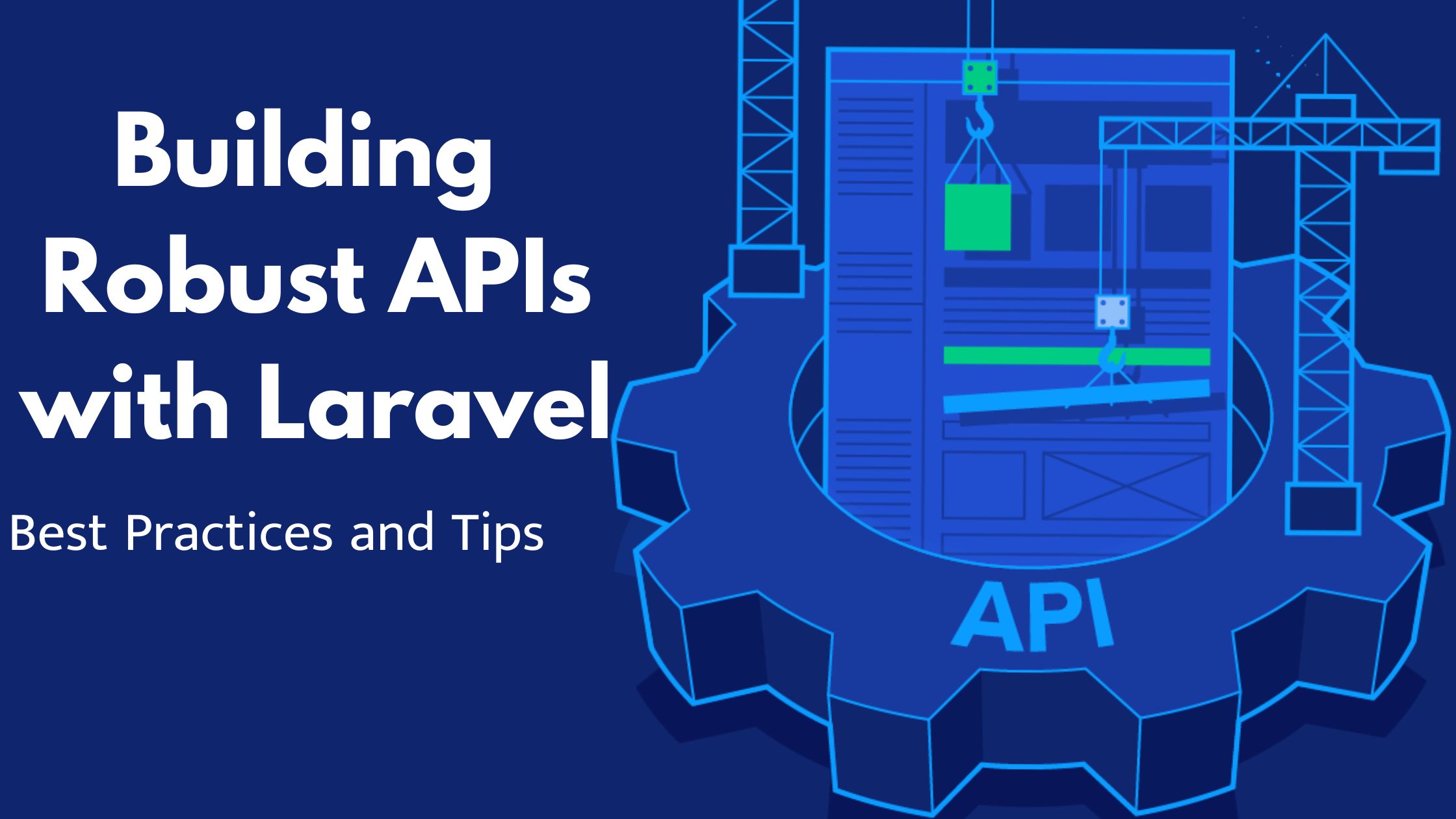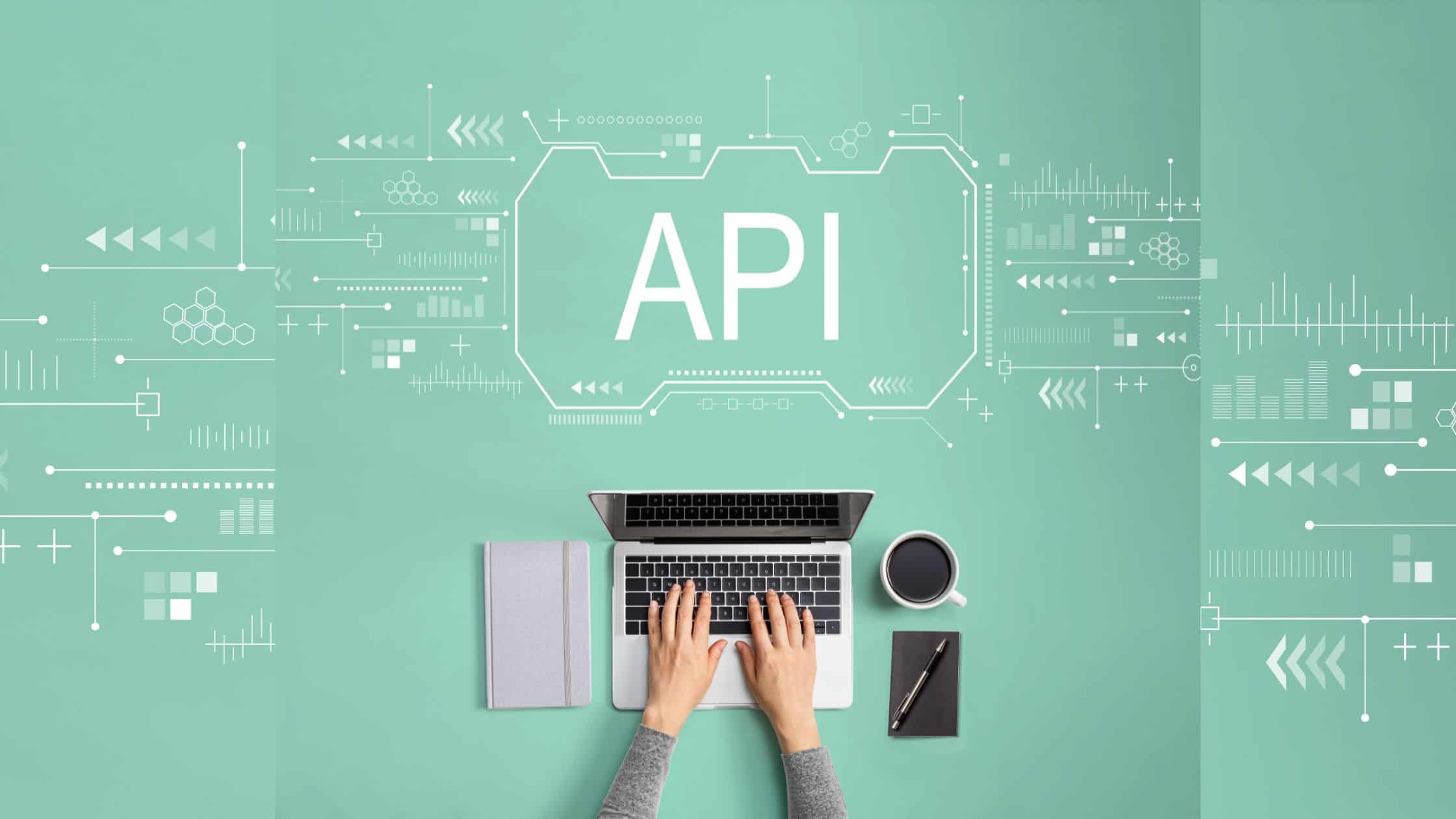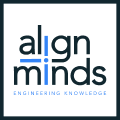MODIFIED ON: May 17, 2023 / ALIGNMINDS TECHNOLOGIES / 0 COMMENTS

APIs, or application programming interfaces, are a way for different software applications to communicate with each other. APIs enable developers to create applications that are able to share data and functionality with other applications, making it easier to build complex applications.
Laravel is a popular PHP web application framework that is widely used to build APIs. It is known for its elegant syntax, robust toolset, and focus on developer productivity. Laravel provides a powerful set of tools for building APIs, making it a great choice for developers who are looking to create robust and scalable APIs.
In this article, we’ll take a deep dive into building robust APIs with Laravel. We’ll cover the best practices and tips for planning, building, testing, optimizing, scaling, and securing your API.
Understanding APIs and Laravel
Before we dive into building APIs with Laravel, let’s first understand what APIs are and how they work. An API is a set of protocols and standards that define how different software applications can communicate with each other. APIs enable applications to share data and functionality, making it easier to build complex applications.
Laravel is a popular PHP web application framework that is widely used to build APIs. Laravel provides a powerful set of tools for building APIs, including routing, controllers, middleware, authentication, and more.
Planning Your API

Before you start building your API, it’s important to have a clear plan in place. This includes understanding the goals of your API, the resources it will expose, and the expected behavior of your API.
One of the key aspects of planning your API is to define the resources that it will expose. Resources are the data entities that your API will expose to other applications. These can include things like users, products, orders, and more.
Another important aspect of planning your API is to define the expected behavior of your API. This includes defining the input parameters, expected output, and any error conditions that your API may encounter.
Building Your API with Laravel
Once you have a clear plan in place, it’s time to start building your API with Laravel. Here are some of the key steps involved in building a robust API with Laravel:
1. Installation and Configuration

The first step in building your API with Laravel is to install and configure Laravel. This involves installing the required dependencies and setting up your database connection.
2. Routing and Controllers
Routing and controllers are a fundamental part of building APIs with Laravel. Laravel provides a powerful routing system that makes it easy to define the endpoints for your API.
3. Authentication and Authorization
API authentication and authorization are crucial to ensure only authorized users can access the API’s resources. Laravel provides various authentication and authorization mechanisms such as Passport, Sanctum, and JWT (JSON Web Tokens). Please choose the one that suits your requirements and integrate it into your Laravel API.
4. Validation

Data validation is essential to ensure that the data entered by the user is in the correct format and meets the required criteria. Multiple options for validating input data are available during the Laravel development process. Use these validation rules to validate the data entered by the user and return appropriate error responses if the data is invalid.
5. Pagination
When dealing with large datasets, it is essential to use pagination to limit the number of records returned in each API request. Laravel provides built-in support for pagination, making it easy to paginate the results of your API requests. Use the “paginate” method to limit the records returned in each API request.
6. Caching
Caching is a technique that stores frequently accessed data in memory to improve the application’s performance. Caching is an integral part of Laravel, enabling you to cache the outcomes of your API requests while minimising the number of database queries. Use the “cache” method to cache the results of your API requests.
7. Throttling
API throttling is a method whereby a user’s API requests are capped at a certain rate for a given period of tim. Laravel supports for throttling, allowing you to limit the number of requests a user makes within a particular time frame. Use the “throttle” middleware to restrict the number of requests a user makes.
8. Exception Handling
Exception handling is essential to handle errors and exceptions during API requests. Laravel includes exception handling support, enabling you to take variations and return suitable error responses. Use the “try-catch” block to handle exceptions and return appropriate error responses.
9. Proper Error Handling
Proper error handling is essential in any API development project. Laravel has a structured way of dealing with errors and exceptions, and it’s important to use this feature well to make sure that errors are found and handled correctly. Use the “try-catch” block to catch exceptions and return appropriate error responses.
10. Dependency Injection
Dependency Injection (DI) is a design pattern that helps decouple different application components. Laravel’s built-in container can be used to implement DI, allowing you to inject dependencies into your controllers, services, and other features. Using DI makes it easier to test your code and promotes reusability.
11. Middleware
Middleware is a powerful feature of Laravel that allows you to modify incoming HTTP requests and outgoing responses. Use middleware to implement functionality such as logging, authentication, and input validation. You can also create custom middleware to implement your functionality.
12.API Documentation
Swagger and API Blueprint are two of the tools that are included in the Laravel package that can be used to create API documentation. Some of the tools that Laravel offers to make API documentation are Swagger and API Blueprint. Generating documentation helps developers understand the API’s functionality, available resources, and expected responses.
13. Unit Testing
Unit testing is essential for ensuring that your API code works as expected. With Laravel’s in-built testing framework, creating and executing API tests is a breeze. Use PHP Unit to write tests for your controllers, models, and other components to ensure they work as expected.
14. Versioning
Versioning your API is essential for ensuring compatibility between different API versions. You can specify the API version in the request’s URL or header because of Laravel’s built-in support for API versioning. Use versioning to make changes to your API without breaking existing clients.
15. Security Best Practices
Security is a critical concern when building APIs. Use security best practices such as SSL/TLS encryption, input validation, and data sanitization to ensure your API is secure. You can also use tools such as OWASP ZAP and Burp Suite to test the security of your API.
Conclusion
Building a robust API with Laravel requires careful planning, following best practices and tips, and leveraging Laravel’s built-in features and tools. Adopting these best practices and advice can help ensure your Laravel API is efficient, secure, and scalable.
If you want to build a Laravel API, contact AlignMinds Technologies!
AlignMinds Technologies is a software development company that provides a wide range of services, including Laravel development. With years of experience in building web applications, AlignMinds has developed expertise in building robust and scalable APIs using Laravel. AlignMinds’ team of skilled Laravel developers can help businesses build custom APIs that meet their specific needs. Whether it’s building a new API from scratch or improving an existing API, AlignMinds can provide expert guidance and support throughout the development process.
Being one of the best Laravel development company in India, Kenya, US and other countries they use the latest tools and technologies to ensure that their Laravel development projects are of the highest quality. They follow best practices and coding standards to ensure that their code is maintainable, scalable, and secure.
In addition to Laravel development,AlignMinds also provides other software development services, including mobile app development, web development, and cloud computing. This makes them a one-stop-shop for businesses that need help with all aspects of software development.
Leave a reply
Your email address will not be published.
-
Recent Posts
- Leading the Pack: The Top Conversational AI Platforms Transforming Communication in 2024
- The Future of Work: Key Remote Staffing Trends Dominating 2024
- The Ultimate Guide to Choosing the Right Generative AI Company
- How to Cut Through the Hype: A Practical Guide to Generative AI for Businesses
- Mobile App Dev Trends in 2024: Buckle Up, It’s a Rocket Ride!
-
Categories
- MVP Development (3)
- AlignMinds (55)
- Operating Systems (2)
- Android POS (3)
- Application Hosting (1)
- Artificial Intelligence (17)
- Big Data (2)
- Blockchain (1)
- Cloud Application Development (7)
- Software Development (30)
- Software Testing (9)
- Strategy & User Experience Design (4)
- Web Application Development (23)
- Cyber Security (6)
- Outsourcing (7)
- Programming Languages (3)
- DevOps (5)
- Software Designing (6)
- How to Code (4)
- Internet of Things (1)
- Machine Learning (2)
- Mobile App Marketing (4)
- Mobile Application Development (18)
- Mobile Applications (5)







